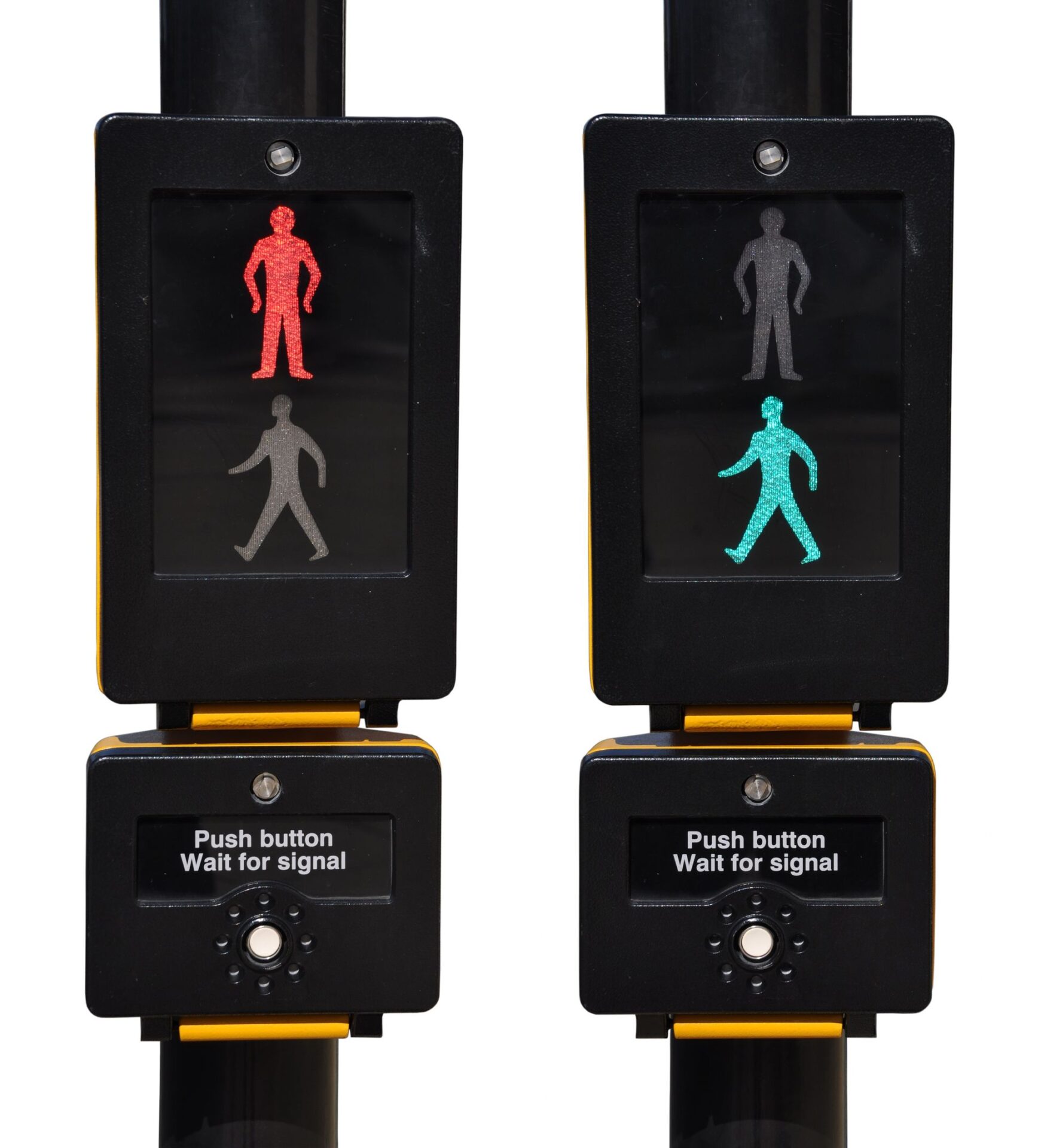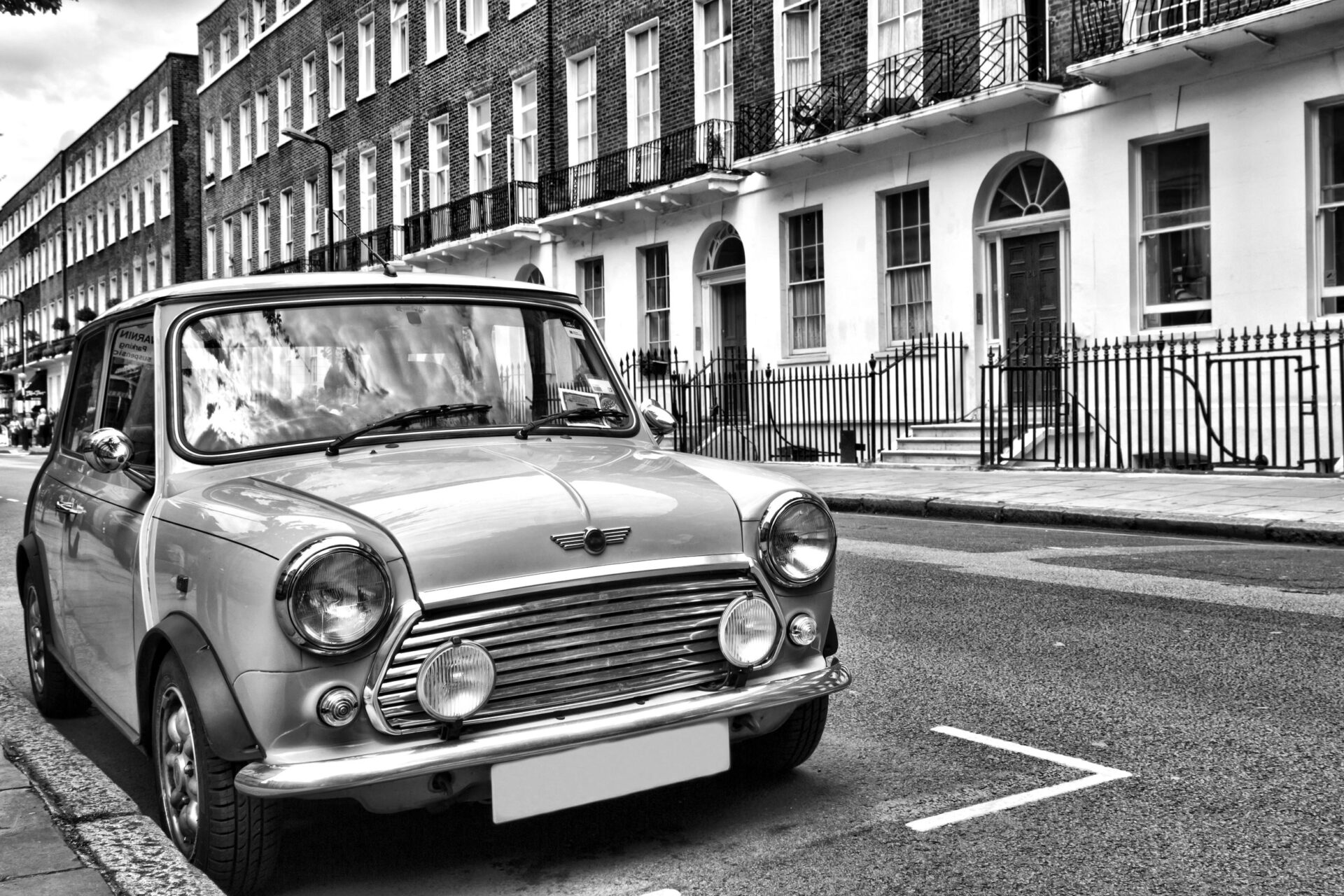Some of the most influential products and creations are things we passively use or see every day, but behind each one of these comes a designer. We’ve put together a list of some of the most influential designers that have been in the industry.
James Dyson – Founder of Dyson
In 1978, after James Dyson became frustrated with his Hoover. He came up with a new idea to create a vacuum cleaner than never lost suction. He named it the “G-Force”. This was the beginning for Dyson as a company as they became a household name, much like The “Hoover” company and Numatic’s “Henry”. With their designs looking space age and simplistic at the same time, and offering a high-quality product the Dyson range are some of the most iconic household items.
With their step into bladeless fan technology and hand dryers, offering a sleek design suiting the modern age, Dyson has created a company that is always evolving with each era but keeping the fundamental design that makes them unique.
Max Miedinger – Helvetica Typography

His name might not ring bells with most people, but his creation of the Helvetica font in 1957 (originally named Neue Haas Grotesk) became one of the most popular fonts in graphic design. It was so popular a feature length film titled “Helvetica” was created about the history and influence of the typeface. (This blog post is even written in Helvetica)
Different governments used this typeface around the world, from street signs in Vienna to publications by the UK Government, even NASA used the font on the Space Shuttle. Private companies that used the font include Motorola, Nestle, Epson, BMW, 3M and the list continues. Though it saw a loss of use in the early 90’s due to the high use of Personal Computers offering a larger library of fonts, still to this day we use Helvetica from company logos to essays and even street signs.
Jonathan Ive – Apple Inc.

Becoming a full-time employee at Apple in 1992 after being sought-after for his work on the PowerBook design in 1990, he helped create most of the influential products we see from Apple today. With Steve Jobs return in 1997, his first assignment from Jobs was the iMac. This began the revolution of Apple, moving onto the iPod which changed the future of portable music and then moved onto the iPhone and iPad.
The products that he worked on carrying the same style seen back with the first iMac as they do today, something simplistic, elegant and user-friendly. Jonathan Ive even worked on the design of iOS 7.
In 2012, he was knighted at Buckingham Palace for his “service to design and enterprise”.
David Mellor – Cutlery, Street Lamps, and Traffic Lights

Recognised as one of the most influential post-war designers, he set up a silversmithing workshop to make one-off commissions of silverware. He was later commissioned by the British Government to create a modern looking collection of tableware to give Britain a more forward-looking image.
He was later hired to work for a midlands based engineering firm Abacus Municipal to design street lights, bus shelters, public seating and litter bins. Due to the work, he was commissioned by the Department of the Environment to redesign traffic lights and crossings, which are still in common use today.
Alec Issigonis – Mini Designer

Once known for saying: “I make my cars with such good brakes, such good steering, that if people get into a crash it’s their own fault”, Issigonis created the original Mini design known as the Austin Mini, which was classed as the first “modern” small car. Later, launched with BMC the Mini Classic was born. Queen Elizabeth even knitted Issigonis for his engineering genius.
The Mini gained mainstream success instantly due to its focus on fuel saving, it even gained popularity in celebrity culture throughout and beyond it’s production. Even though the original mini isn’t in production, its core design is still in the BMW Mini which began production in 2000.
Unfortunately, design professionals or graphic designers will have a huge exposure to being sued for designing a product that in time would not meet or match the customer’s needs. As such, you and your employees will be open to such dealings on a regular basis and therefore the exposures to such claims are quite high.
Professional Indemnity Insurance for designers can include cover specific to your profession such as:
- Annual Reports
- Signage
- Motion Graphics
- Negligence in delivery of designs
- Infringement of copyright, plagiarism or piracy
Check out our Professional Indemnity Insurance for Designers to get a free instant quote.






